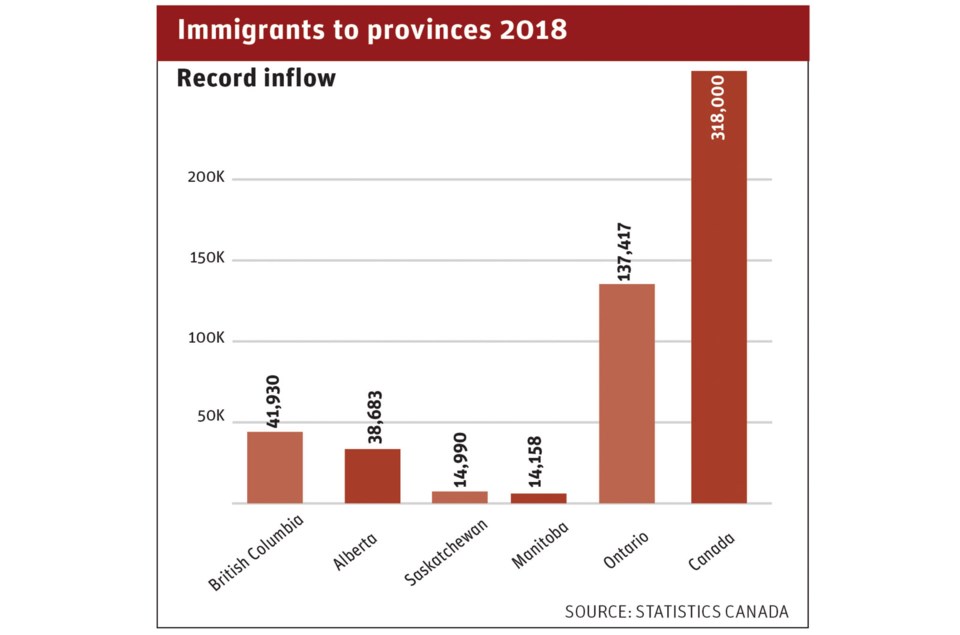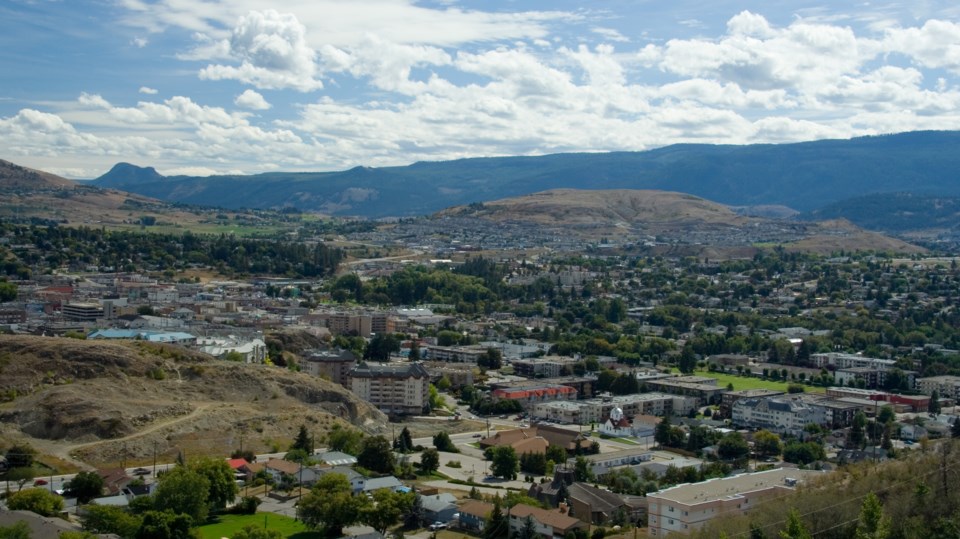This year and next, an estimated 315,000 immigrants will be welcomed into Canada, the highest annual levels in history, and the federal government has opened a pilot program to steer newcomers to smaller cities and towns.
Eleven communities are participating, five in Ontario and six in Western Canada. The west includes the West Kootenay region with the towns of Nelson, Castlegar, Trail and Rossland, and Vernon in the North Okanagan.
According to Immigration, Refugees and Citizenship Canada (IRCC), the Rural and Northern Immigration Pilot Program, which rolls out in 2020, will “use immigration to help meet local labour market needs and support regional economic developments.” The IRCC estimates that Canada will need 350,000 immigrants annually to at least 2035 just to meet workforce needs.
However, the federal government is not providing funds to immigrants to help them move to the smaller centres, relying instead on participating communities to recruit employers and assist the arrivals.

The three-year program provides local employers with an opportunity to hire skilled foreign workers for positions that they have been unable to fill within the local or Canadian labour market. It will also provide the international worker with an opportunity to fast track their permanent residency in Canada.
To qualify for the program, the community had to have a population of 50,000 or less and be located at least 75 kilometres from a major city.
In Vernon, the program will help alleviate a severe labour shortage, according to Kevin Poole, manager of Vernon economic development.
“The baby boom population is entering retirement, which is creating an enormous gap in our labour force,” Poole said.
According to a recent labour study done by WorkBC, the Thompson-Okanagan region will have more than 70,000 job vacancies between 2018-28 just due to retirement.
Currently, Vernon attracts only 0.3 per cent of immigrants to B.C. This compares with about 85 per cent settling in Metro Vancouver, 4.4 per cent in Greater Victoria and 1.7 per cent in Kelowna, according to B.C. government data, Poole noted.
Some residents of both Vernon and Nelson have expressed concern to Western Investor about finding housing for immigrants due to a low rental vacancy rate in both communities. Poole said the immigrant applicants are expected to cover their own housing costs.
Community Futures North Okanagan will be delivering the program on behalf of Vernon and area. Employers within a 40-kilometre radius of Vernon (excluding those in Kelowna) can participate in the program.
“At this point, we do not know how many skilled foreign workers would come to the community, but we’ve been told to plan for approximately one hundred (plus their families) a year over the three-year program,” Poole said. “There are many variables that will impact this, including how stringent our eligibility criteria is and the requirement that each worker needs to secure a permanent full-time position with a local employer.”
The Kootenay immigration pilot will be run out of the Nelson office of Community Futures Central Kootenay (CFCK).
“This project is community-driven. We’ll be talking to local employers to find out the type of skills shortages they’re experiencing and setting the region-specific application criteria based on their needs,” said Andrea Wilkey, CFCK executive director. “We’ll be looking to attract immigrants for jobs that have gone unfilled locally.”
The Kootenays currently has an unemployment rate of 6.3 per cent, which is above the provincial average of 4.5 per cent. Yet jobs remain unfilled. Since January, more than 1,000 vacancies have been advertised on the Kootenay Career Development Services job board. Some local businesses can’t find anyone to fill their open positions, Wilkey said.
In Alberta, the town of Claresholm has already received 500 inquires and has 15 employers who want to participate, said Brady Schnell of the economic development office in the town of 4,000 situated about 125 kilometres south of Calgary. Schnell noted that a new $25 million cannabis production facility recently opened in Claresholm and is among those recruiting staff.
Moose Jaw expects that farm equipment operators, farm workers, truck drivers and industrial meat cutters will be the primary jobs available to immigrants, according to city spokesman Craig Henderson.



